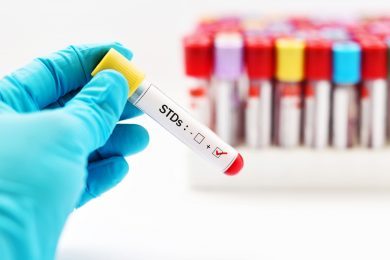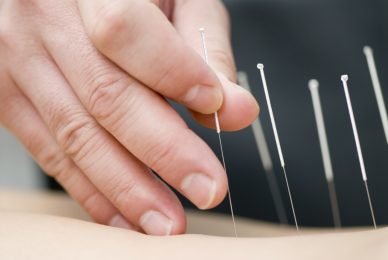Urgent care operators who have been waiting for the elusive “right time” to start offering telemedicine might want to keep an eye out for hospital closures in their area—especially if those hospitals have been providing care where there aren’t many other options. A new study by the Texas A & M Rural and Community Health highlights telemedicine as a viable, and valuable, alternative for care when hospitals shutter their doors. The researchers even went so …
Read More









